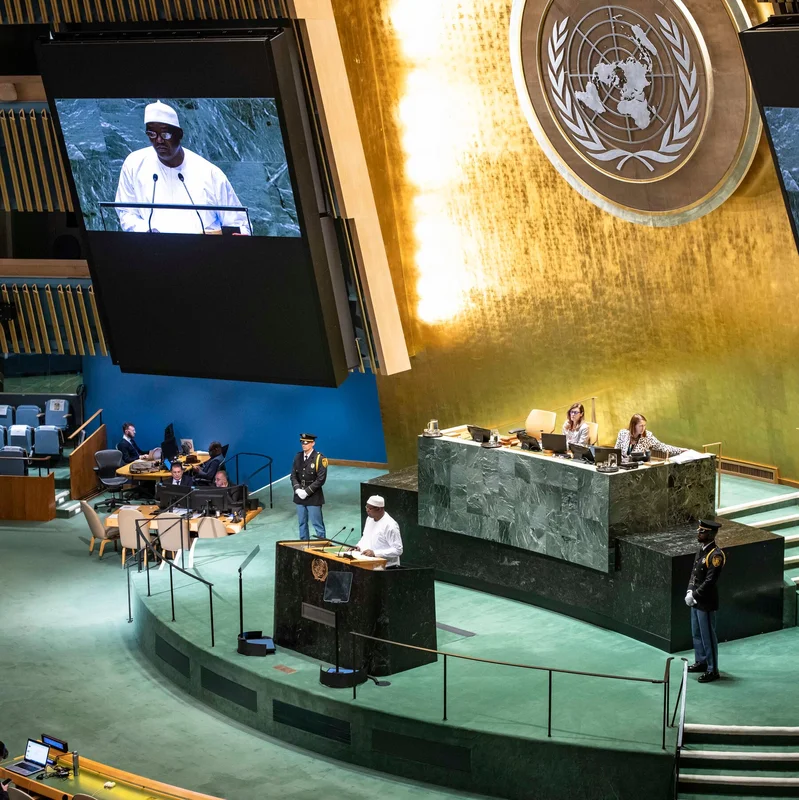Trumpism isn’t just a political movement—it’s a stress test for the very fabric of American democracy. And while much of the national focus remains on Capitol Hill and the 2026 midterms, a quieter, more powerful force is mobilizing: civil society.
What Exactly Is Civil Society?
Civil society refers to the ecosystem of organizations and institutions that exist between the individual and the state. This includes nonprofits, faith groups, labor unions, professional associations, universities, local media, and even neighborhood associations. These are the spaces where citizens gather, debate, organize, and act—not as voters or consumers, but as members of a shared community.
In the face of a second Trump administration’s aggressive moves—like executive orders targeting student loan forgiveness and purging diverse military leadership —civil society has become a critical bulwark against democratic backsliding.
Why Trumpism Feels Different This Time
Unlike in 2016 or 2020, Trumpism in 2025 is more organized, more institutionalized, and more willing to pressure non-governmental entities. Recent reports show the administration leaning on law firms, elite universities, and now advocacy groups that form the backbone of civil society .
This isn’t just about policy disagreements—it’s about dismantling the independent networks that hold power accountable.
How Civil Society Can Fight Back—And Win
The good news? Civil society isn’t defenseless. In fact, it’s uniquely positioned to resist because it operates at the grassroots level, where trust is highest and action is most immediate.
1. Build Local Coalitions
From PTA meetings to interfaith councils, local groups can form rapid-response networks to counter misinformation and protect vulnerable neighbors. These coalitions don’t need federal approval—they just need coordination.
2. Protect Institutional Autonomy
Universities, hospitals, and professional bodies must publicly reaffirm their independence. When Trump pressured top law firms and academic institutions, their collective pushback sent a strong signal . Standing firm—even at financial cost—preserves long-term credibility.
3. Leverage Legal and Civic Tools
Civil society organizations are increasingly filing lawsuits, submitting amicus briefs, and organizing legal aid clinics. Ordinary citizens, too, are stepping up: “The most serious forms of resistance… are coming from ordinary citizens,” notes one analysis .
4. Reinvest in Community Media
With national media polarized, hyperlocal journalism—newsletters, podcasts, community radio—has become essential for truth-telling. Supporting these outlets strengthens democratic literacy at the street level.
Infographic: The Civil Society Defense Framework
| Threat from Trumpism | Civil Society Response | Real-World Example |
|---|---|---|
| Attacks on student debt relief | University advocacy + legal challenges | March 2025 executive order met with campus protests and lawsuits |
| Pressure on professional institutions | Public solidarity pledges | Law firms and universities refusing political coercion |
| Erosion of military diversity | Veterans’ groups + watchdog reporting | Civil society tracking leadership purges |
| Disinformation campaigns | Local fact-checking networks | Community coalitions countering viral falsehoods |
The Bottom Line: Democracy Is a Team Sport
Beating Trumpism doesn’t require a savior in Washington. It requires millions of everyday Americans choosing to show up—in their towns, workplaces, and congregations. As one expert put it, “American institutions of civil society are now on the front lines of defending the freedoms and prosperity of everyday people” .
The path forward isn’t glamorous, but it’s proven: when civil society unites, authoritarian overreach falters.
Sources
- The New York Times: What Civil Society Can Do to Beat Trumpism
- Carnegie Endowment: Civil Society in the Second Trump Administration
- Brennan Center: Civil Society Is Mobilizing Against Trump’s Lawlessness
- Brookings: Impact of Trump Administration on Civil Society
- Stanford Social Innovation Review: 4 Risks for Organizations Bowing to the Trump Administration
- Civil Society News: Law firms, universities and now civil society groups in Trump’s crosshairs




